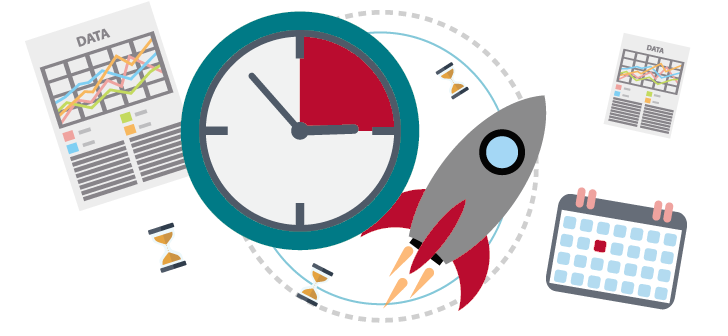By John Kenney, Director of Digital Governance, Cyber Security & Digital Solutions
Modernizing legacy technologies and systems is a fundamental part of delivering digital services that make a real difference to Nova Scotians.
It’s frustrating when a service is unreliable or difficult to use – for the citizen who relies on it, the team that delivers it, and everyone in between. Improving the reliability and usability of public services can be hindered by the legacy technologies and systems that underpin them.
What do we mean by legacy technology?
Legacy technologies include the software, hardware, and related systems and business processes that underpin public services and operations. They are considered “legacy” when they reach an unacceptable risk level. The technology may be at its end-of-life, unsupported by the internal teams or suppliers, or impossible to maintain or update in a cost-effective way.
Some legacy technologies and systems might operate ‘out of sight, out of mind’. Others may struggle to receive the attention and resources they need, relative to competing priorities. That is, until they fail. Or there’s a cybersecurity breach. When the technology that enables a public service fails or goes down, the service fails. That failure can have a significant impact on the people, organizations, and even the economy that depends on that service.
Like other jurisdictions in Canada and around the world, we have legacy technology supporting public services in Nova Scotia. Funding approaches, delivery models, and work habits can all unintentionally perpetuate the use of legacy technologies and systems. That’s why we’re exploring better ways of funding, introducing, and maintaining technologies, while managing and mitigating the risks to public services and those who use and deliver them.
We’re piloting a new approach

The Department of Cyber Security and Digital Solutions (CSDS) is delivering a two-year pilot to identify and demonstrate a different approach to addressing the legacy technologies and systems that underpin public services, with the aim of:
- Generating insights and informing decision-making – we’ll collect data and assess the risks of our legacy products and systems to inform our next steps
- Improving readiness and capacity for change – we’ll engage partners, set up teams, and establish pathways for prioritizing technology and service modernization opportunities
- Taking and sustaining action – we’ll implement and maintain upgrades to technologies and systems, and work to redesign and continuously deliver digital services with partners
This work will be guided by a set of principles that we’ll put into practice as we design and deliver the pilot:
Assess legacy technologies in relation to the public services they’re meant to enable
This work isn’t simply about technology itself. Along with people and processes, technology is an important enabler of public service delivery. “Legacy” often includes entrenched service delivery models, procedures, and ways of working.
When assessing and addressing our legacy technologies and systems, we intend to consider the services, conditions, and the needs of users, to inform upgrades and service-transformation pathways. This requires working with partnering departments.
Look for patterns and be flexible
Some legacy technologies will need to be replaced. Others will need to be rebuilt, upgraded, or retired.
We will respect the variety of potential pathways forward when determining how to advance and enhance our technologies and systems. There will be opportunities to upgrade some technologies in straightforward ways. In other cases, we anticipate there will be opportunities for service transformation, where a delivery team will be stood up to redesign a service while updating the technologies and systems that underpin it.
Use funding to support modern delivery practices
Historically, technology delivery was often treated as a time-bound “project” that was to be managed in isolation of evolving service contexts and user needs. This tendency is part of the reason why we, along with many organizations, have legacy technology to deal with. Modern delivery models and practices can help us improve the reliability, security, and usability of digital services when set up and supported to do so.
We’re aiming to fund and support multidisciplinary, agile, and human-centered ways of working. We want to demonstrate what it looks like to intentionally fund teams –drawing on internal and external talent– rather than simply funding projects.
Given that we have two years of funding, CSDS doesn’t have that means to sustain post-pilot delivery in all cases. Instead, we will work with our partners to inform options to support continuous delivery.
Establish the right teams and partnerships to create and enable value
So far, we’ve set up two delivery teams to advance interrelated work.
The first team is collecting data and assessing the risks of our inventory of legacy products and systems. They are gaining a better understanding of our legacy environment and implicated services across government to inform decision making and action.

The second is a Code 4 Canada (C4C) team that is conducting a path analysis, which is an approach for understanding a digital service context and recommending a path forward. The C4C team is working with CSDS and a partner department to conduct a path analysis for a priority service modernization opportunity.
Through this pilot, we intend to monitor progress and learning which will inform options going forward. We’ve already learned a lot as we head into year two.
This is the first in a series of blogs we will be sharing on this work. Stay tuned for further posts, including a deeper dive into the path analysis being done by the C4C team.
